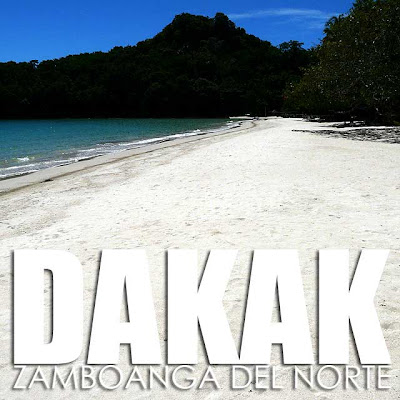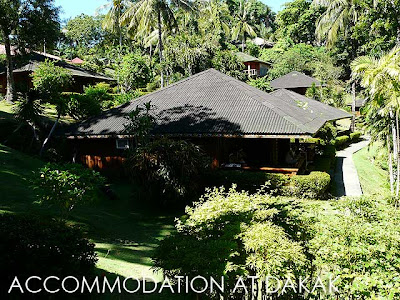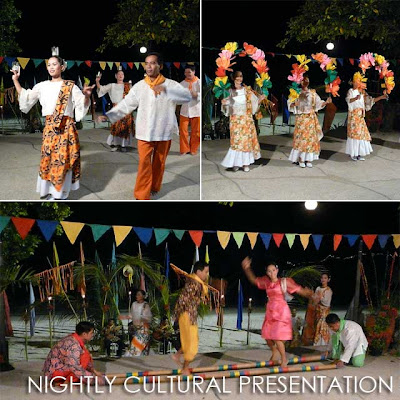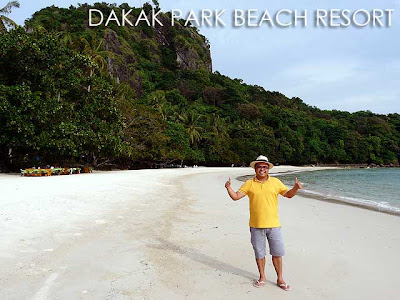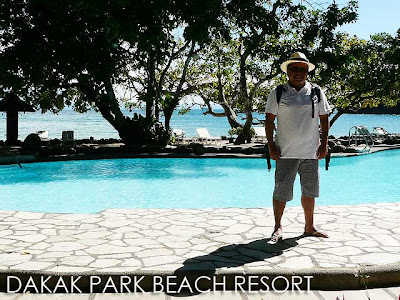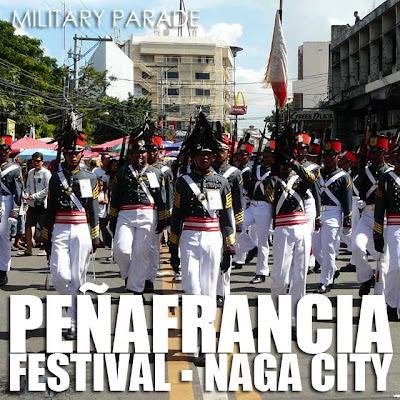
The day before the Peñafrancia Fluvial Procession, a Military Parade is held around downtown Naga City to honor Our Lady of Peñafrancia. Participants of the Military Parade include C.A.T. and R.O.T.C. units from the different high schools, colleges and universities of the Bicol Region.
I didn't expect to see over a hundred contingents in the parade which lasted over five hours! Each contingent was led by its cadet officers followed by a bevy of majorettes and a marching band. Then at the end are at least two platoons of cadets, one male and one female, in very colorful and snappy uniforms! I most definitely enjoyed the pomp and pageantry of the Peñafrancia Military Parade.
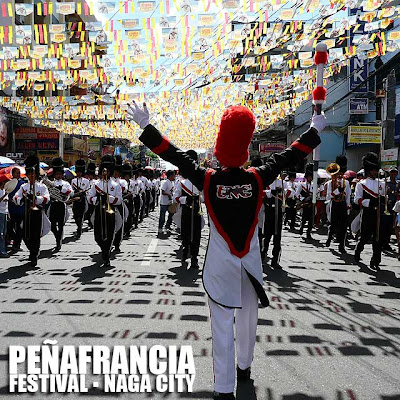
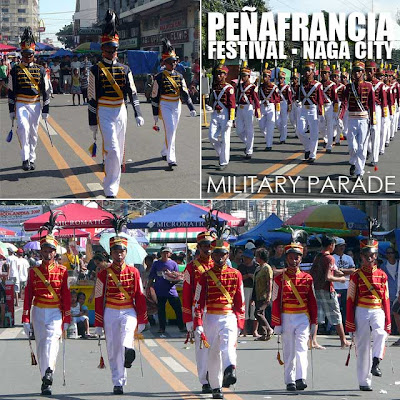
There were so many contingents, we decided not to finish watching the entire parade since the heat started to get unbearable. I could imagine what these young students had to endure to participate in this parade.
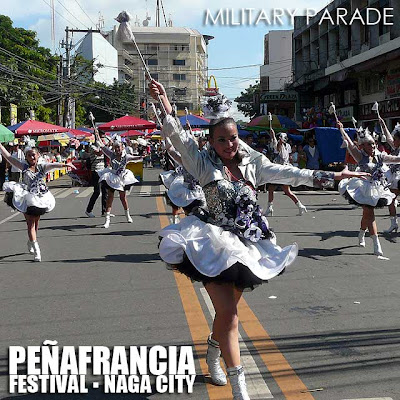
From Rizal Park, where we spent the whole morning watching the parade go by, we proceeded to the Naga Metropolitan Cathedral to see what was going on there. The image of Our Lady of Peñafrañcia was currently enshrined in the main altar of the Cathedral. After the Translacion Procession transfers the image of the Our Lady of Peñafrancia and Divino Rostro from the Peñafrancia Shrine to the Cathedral, all activities of the festival are centered at the Cathedral.
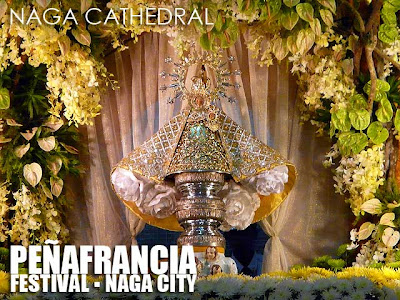
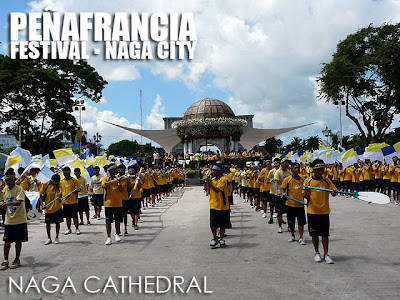
When we arrived at the Cathedral, a contingent from the Armed Forces of the Philippines had just completed a military drill in the church patio to honor Our Lady of Peñafrancia. After the military drill, students from Ateneo de Naga filled-up the entire patio and performed a dance of praise to Ina.


I noticed the line of devotees who wanted to get close and touch the image of Our Lady of Peñafrancia was starting to get really long. In fact, when I returned later in the evening, it stretched all the way to the gates of the Cathedral, testament to the strong devotion of Bicolanos to Ina. In the evening, a band from the AFP held a concert at the patio.

Since this year is the tercentenary of the devotion to Our Lady of Peñafrancia, the Archdiocese of Nueva Caceres erected a massive arch to commemorate this momentous event. The arch is called the Porta Mariae and is no doubt Naga City's newest landmark.




